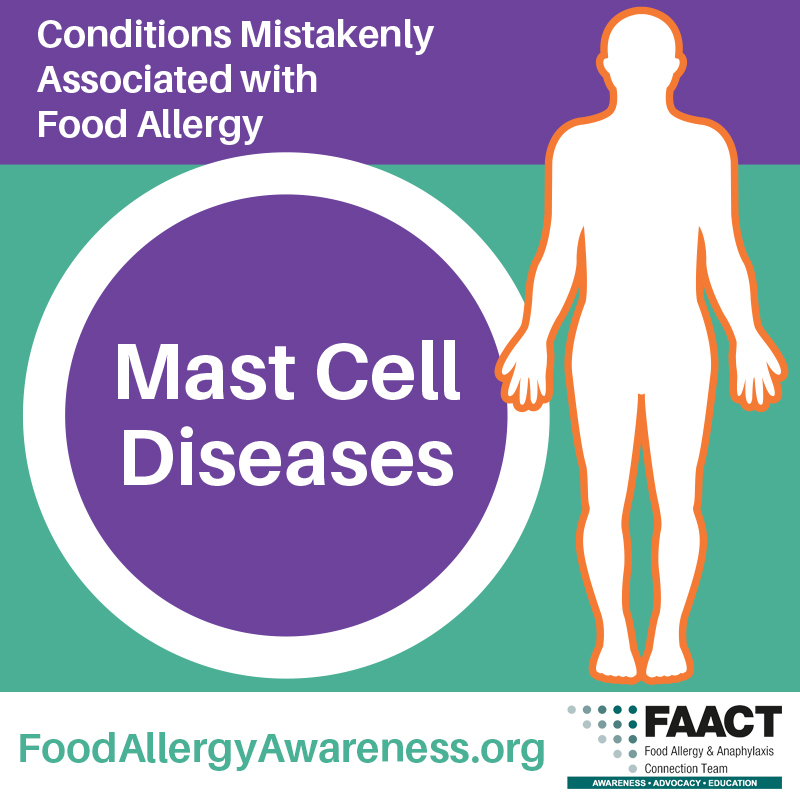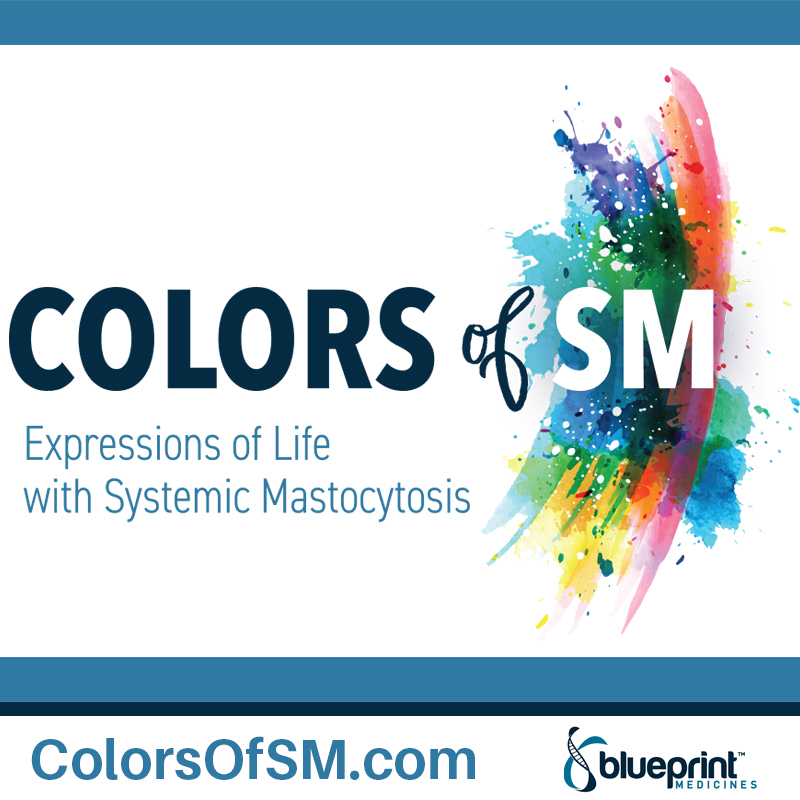Mast Cell Diseases
Subcategories

What Is Mast Cell Activation Syndrome (MCAS)?
Mast cell activation syndrome (MCAS) is when you have unexplained episodes of severe symptoms like swelling, diarrhea, vomiting, flushing and itching. Unlike allergies, which happen when you eat a certain food or touch something you react to, MCAS episodes happen without a clear trigger.
In some cases, mast cell activation can cause anaphylaxis, a severe allergic condition that can be life-threatening. It can cause you to have trouble breathing and drop your blood pressure to dangerously low levels.
Mast cells are a type of immune cells responsible for immune reactions. While it can be scary to have mysterious symptoms and want answers, activation of mast cells is common. For instance, conditions like allergic rhinitis and asthma, allergic reactions (like anaphylaxis to drugs or food) and mastocytosis all activate mast cells. This causes them to release proteins that give you symptoms that are bothersome at best, and dangerous at worst. Other common conditions can also cause unexplained symptoms.
But mast cell activation syndrome is rare. Healthcare providers diagnose mast cell activation syndrome if:
- You have repeated symptoms concerning possible anaphylaxis without a clear trigger.
- You have more than one body system affected at the same time.
- Tests show signs of mast cell activation.
- Mast cell medications provide relief of your symptoms.
For more information, visit Cleveland Clinic
Systemic Mastocytosis
Systemic mastocytosis (SM) is a rare condition where abnormal mast cells (MC) grow and gather in different organs inside the body, not just the skin. To diagnose it, doctors usually take a small piece of bone marrow from the hip bone and examine it under a microscope. They also use a technique called flow cytometry to look for special cell markers that would help identify if too many mast cells are present. Finding dense clusters of mat cells gathered in the bone marrow (or other organs besides the skin) would met the major criterion for a diagnosis of SM.
A person meets the diagnostic criteria for SM if they have one major sign along with one minor sign, or if they exhibit three minor signs. These minor signs or minor criteria include:
- If at least a quarter of the mast cells in the bone marrow test have unusual characteristics. They might appear different in shape or size, for example if they are spindle-shaped.
- If a genetic mutation (changes in genetic code) called a KIT mutation is identified. You may also see this referred to as a KIT D816V mutation. The majority of patients with SM have this mutation.
- Mast cells can express certain proteins on their surface, such as CD2, CD25, or CD30. Finding these proteins on the mast cells can provide more evidence of SM.
- Finally, elevated levels of tryptase in the blood, especially above 20 ng/mL, can be another sign of SM. Tryptase is an enzyme released by mast cells.
Mast Cell Resources

Colors of SM: Expressions of Life with Systemic Mastocytosis
People with systemic mastocytosis (SM) can experience chronic, unpredictable, debilitating and potentially life-threatening symptoms. Due to the unpredictable nature of their disease, it can be difficult for people affected by SM to fully describe their experiences.
Blueprint Medicines Colors of SM: Expressions of Life with Systemic Mastocytosis is a multi-year program developed by Blueprint Medicines in collaboration with Twist Out Cancer, a leading nonprofit organization. Colors of SM uses artwork to illuminate the diverse experiences, expectations and hopes of people of people affected by SM in order to raise awareness of this rare disease to help others better understand its impact.
The program pairs people affected by SM with talented artists who work in a variety of media. Over the course of about six months, the individual shares their story and the artist creates a unique work of art that is reflective of the person’s journey with SM. The creative process allows those living with SM with a way to express themselves, while also enabling a sense of belonging, empowerment, and self-advocacy.
One participating artist stated: “I heard and felt what SM had taken from her, but in the end, I was left seeing and hearing the enormity of her strength, her love of life and her willingness to endure constant challenge in seeking and desiring her birthright to be free.” The individual who inspired this artist’s painting shared: “SM has made me become more vulnerable, and I’ve learned that vulnerability is not the weakness I once thought it was.”
Applications for year 2 are also available on the Colors of SM website

